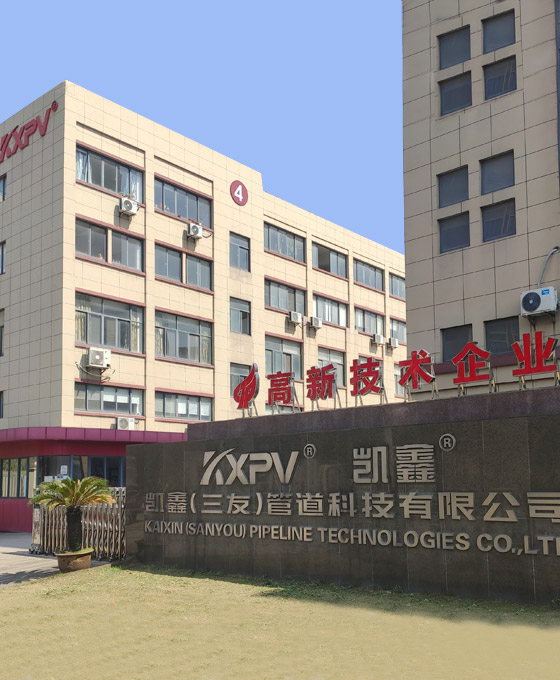Plastic screw
Cat:Other Accessories
Has anti-corrosive all models the screw,the cap nut Specification size:Refers to GB5789-89 Speclflca...
See Details
One of the primary ways the Bottom Valve minimizes clogging is through a wide flow path. The valve's internal design includes larger openings and smoo...
Read MoreThe Bottom Valve is integral to controlling the flow of liquids or gases within a system. It allows for precise regulation of the flow rate, which is ...
Read MorePPH (Polypropylene Homopolymer) is a thermoplastic polymer characterized by a relatively high coefficient of thermal expansion compared to metallic ma...
Read MoreThe design of a Globe Valve inherently supports linear flow characteristics, which are key to precise throttling control. This means that as the valve...
Read MoreThe role of plastic screws, membrane film, flange gaskets, welding rods, and glue in plastic pipes
1.Plastic screws: These are used to secure pieces of plastic pipe to each other, often with the use of a fitting such as a tee or elbow, in order to form a joint.
2.Membrane film: Membrane film is a layer within plastic pipes that helps to prevent the permeation of gas or liquid through the pipe walls. This layer acts as a barrier and helps to maintain the integrity and stability of the pipe's contents. In addition, the membrane film can also improve the overall strength and durability of the plastic pipe.
3.Flange gaskets: These are used to create a seal between two plastic pipes that are joined together using a flange. They help to prevent leaks at the joint.
4.Welding rods: These are used to fuse two pieces of plastic pipe together, creating a strong and permanent joint. They are melted and then molded together to form a single, seamless piece.
5.Glue: This is used to bond plastic pipes together, creating a temporary or permanent joint. It is important to use the right type of glue for the specific type of plastic being used in the pipe.
Application Of plastic screws, membrane film, flange gaskets, welding rods, and glue in plastic pipes
1.Plastic screws: Used to secure joints in plastic piping systems, especially for threaded connections.
2.Membrane film: Membrane films are used in the production of plastic pipes as an inner lining to prevent contamination of the water or other fluids transported through the pipes. The films also provide a barrier to prevent chemicals in the pipe material from leaching into the fluid. Additionally, the films can enhance the mechanical strength and durability of plastic pipes, making them more resistant to punctures, abrasions, and other types of damage. Some common types of membrane films used in plastic pipes include high-density polyethylene (HDPE), linear low-density polyethylene (LLDPE), and polyvinyl chloride (PVC).
3.Flange gaskets: Used to create a seal between plastic pipes and flanges, preventing leaks and ensuring the proper flow of fluids.
4.Welding rods: Used in the process of welding plastic pipes, connecting them and creating a strong, permanent bond.
5.Glue: Used to bond plastic pipes and fittings together, especially in applications where welding is not feasible or practical.
In general, these components are used in plastic piping systems to ensure a secure and leak-free connection, facilitating the efficient transport of fluids and gases.